Bird trapping
All over the world, hunters and bird trappers have developed a variety of methods to catch and kill their coveted prey. Most trapping methods are cruel. While our ancestors can hardly be chastised, today's use of traps shows a lack of empathy and ignorance of the law. Bird traps are - with a few exceptions - forbidden everywhere in the European Union.
Stone-crush traps
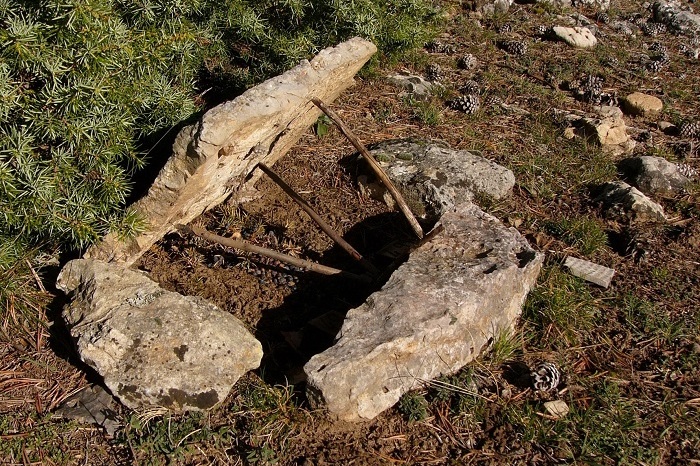
Probably one of the oldest trapping methods is the stone-crush trap. It consists of a stone slab weighing about 3 to 10 kilograms, which is set up with a construction of small sticks and baited with fresh berries. Birds attempt to eat the berries, move the sticks and are crushed under the falling stone. Many animals are not killed immediately; they bleed to death, suffocate or die of thirst. Stone-crush traps were once widespread in Europe, but today they are only found in the French central massif and in the Apennines of northern Italy.
France has a special derogation allowing the use of these brutal traps ... for the preservation of the "tradition"!
Horsehair snares
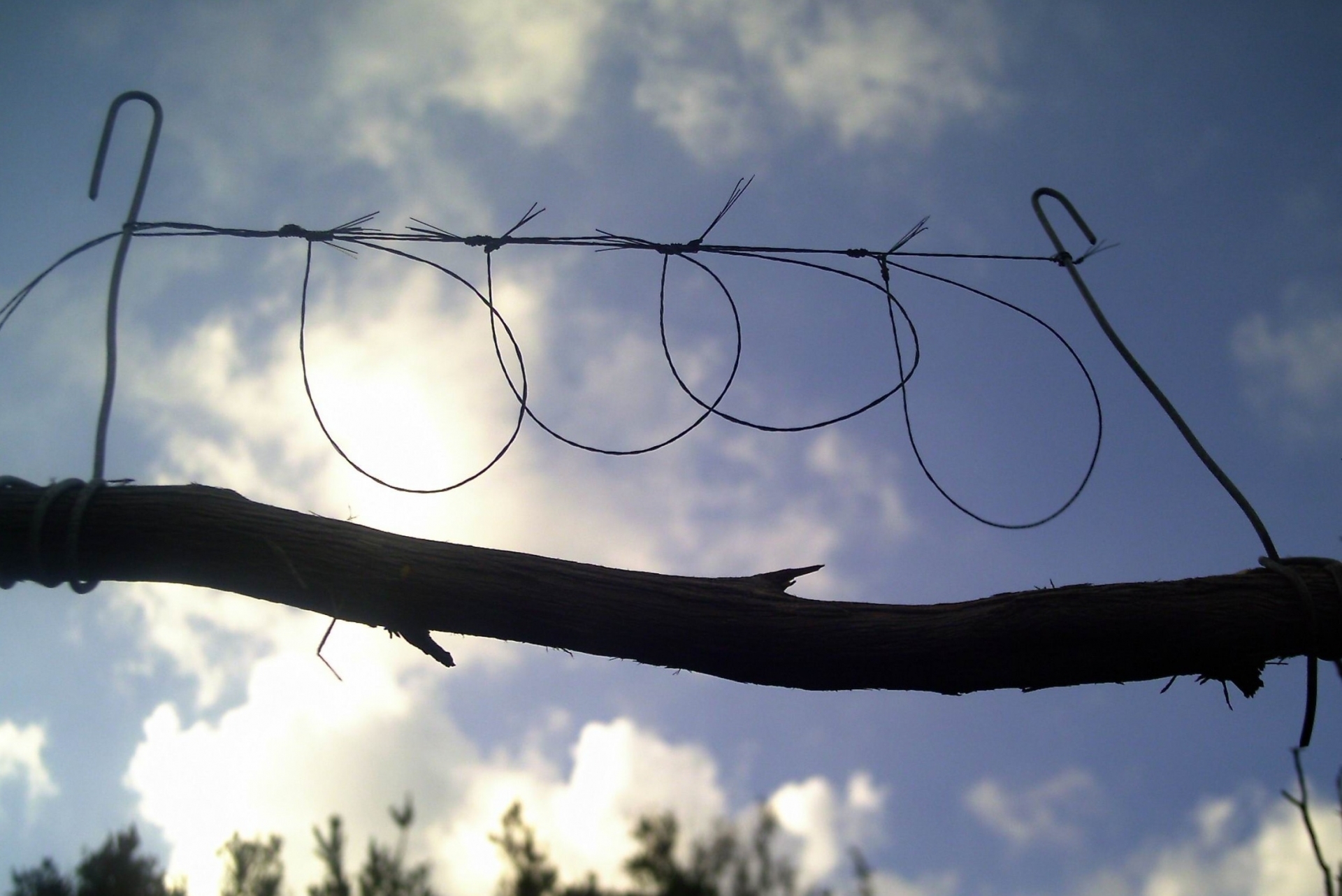
Horsehair snares were also used in the Stone Age. The trapping method is as simple as it is insidious: horse hair (or a nylon thread) is used to make a wafer-thin loop, which is positioned next to fresh rowan berries. If a bird attempts to take the bait, the noose falls around its neck and the startled bird tries to fly away. The loop closes and strangles the bird - the term "throttling" comes from this hunting method, which is mainly used to catch thrushes. However, in reality countless tits, robins and finches also get killed in these treacherous devices. This kind of trap (the so-called "Dohnenstiege") could still be found in Germany just 100 years ago, but today they are only found in central Italy, Sardinia and - with a legal derogation for the preservation of traditions - in the Ardennes of northern France.
Bow traps (archetti)
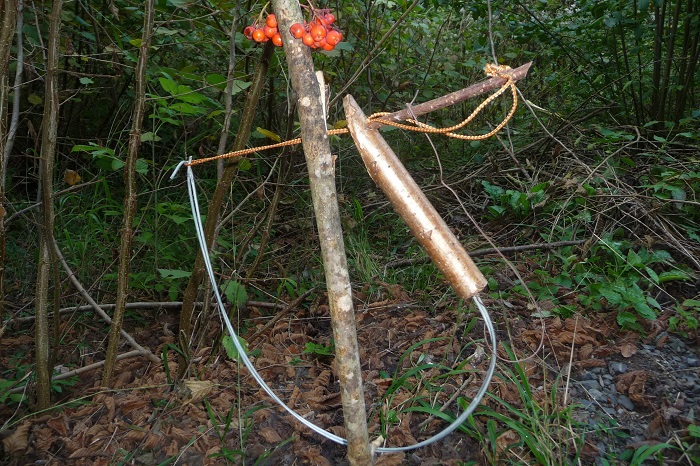
Bow traps are amongst the most brutal animal traps in the world. A small stick and a string keep the metal-made bow - traditionally made of a hazelnut rod - under tension. The birds are attracted by the berries and duped to settle on the horizontal stick. When they touch it, the bow rushes apart. In a fraction of a second, the birds hang upside down with their legs completely crushed in the snare. This way, they stay fresh until the trapper arrives, sometimes they spend hours in agony, even in the warm autumn sun.
This trap, once common everywhere in Europe, is mainly used to target robins in the small Italian province of Brescia - located in the Southern Alps in Italy.
Limesticks
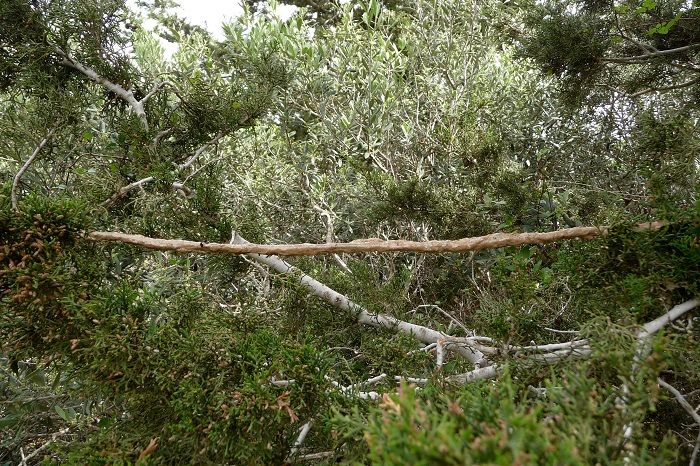
The use of glue to catch birds has been known since the Stone Age. To this day, glue rods (known as limesticks) are the most common method used in Europe for bird catching. It consists of a stick or branch coated with a strong adhesive substance. Once the horizontal traps are placed in a bush, birds identify them as a suitable perch and land on them. They are instantly stuck and become even more ensnared as they try to free themselves.
The glue is traditionally made from the flesh of mistletoe or plum juice, although, synthetic adhesives are also used. Limesticks can still be found today in Spain and France (where they are permitted with a special derogation for the "preservation of traditions"), in Greece, Turkey, Cyprus and everywhere in the Middle East and North Africa. In Italy, they were common in the past, but they have almost completely disappeared.
Like bow traps, limesticks are live-capture traps. If we find live birds on limesticks during our bird protection camps, we can often free them unharmed.
Snap traps
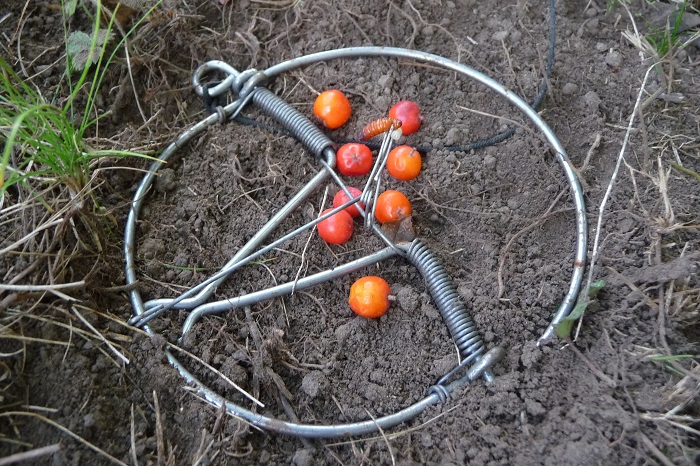
Snap traps are a relatively modern trapping method. They function like a mousetrap: two metal arches are held in tension by a finely balanced catch mechanism and a strong spring. The catch mechanism is baited with an insect larvae or berries. If a bird touches it, the bows strike and kill the animal. The impact traps are laid out on the ground or mounted in the bushes. Robins, redstarts, wheatears, whinchats, stonechats and pied flycatchers are the most common species caught.
You can find snap traps all over the Mediterranean - from western Portugal to eastern Cyprus. However, they are particularly widespread in Italy.
Ladder traps

Ladder traps function according to the same principle as a fish trap; birds are lured with food or live prey to enter through a hole in the roof of a cage or aviary. They can easily get in, but cannot fly out. Ladder traps seem like normal closed bird cages. The trap entrances are often stabilised with side slats and nailed rungs so that it looks like a ladder. They can also be simple holes, which are only noticeable at second glance. The holes can also be opened or closed at the trappers discretion.
Small ladder traps are used to catch songbirds (especially in the Mediterranean region), larger traps are often used to catch birds of prey (especially in Central and Western Europe) or turtledoves (in Malta).
Cage traps
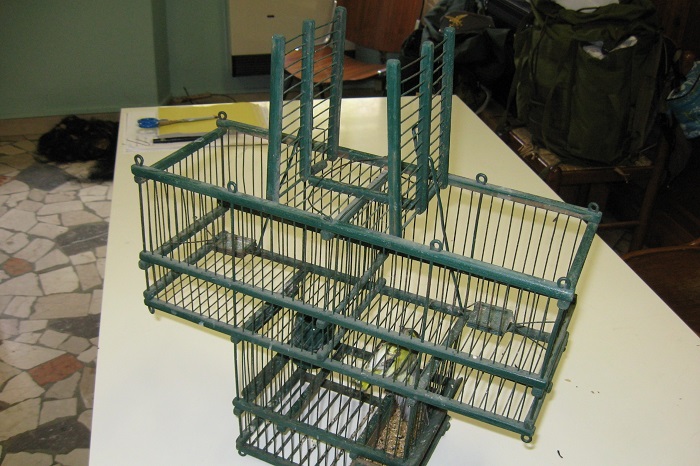
These devices often look like simple bird cages, however, they have an opening that shuts as soon as a bird touches the trap mechanism inside it. It is generally a flap on the roof or on the side that slams shut. Some devices also have trapdoors. Most trap cages have a decoy bird compartment in which a live bird sits. Simple traps of this type are baited with food. Cage traps are widespread and can be found all over Europe. In the Mediterranean, they are usually used to catch finches and other songbirds, in Central and Western Europe to catch crows, magpies or birds of prey.
Similar cage-like traps are used to trap Ortolans in France. They are open on the ground and positioned so that they fold down over the bird when it enters and touches a trapping mechanism.






